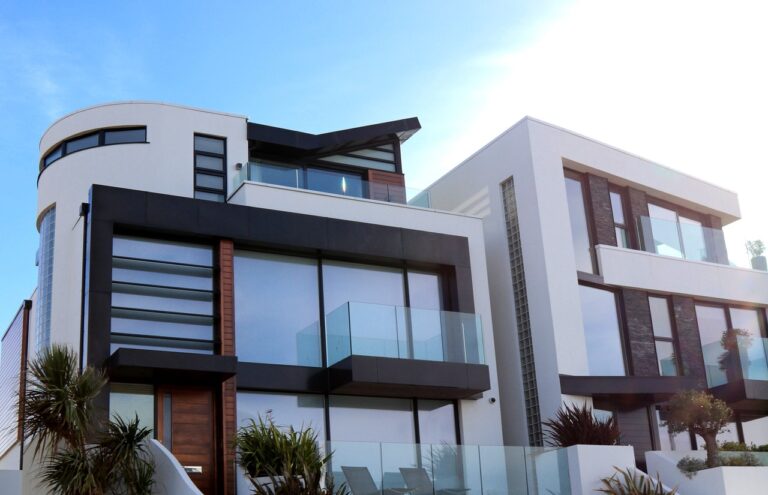Table of Contents
When designing a home you’re going to spend the rest of your life in, it’s important that you don’t rush. It is much better to take it slowly and design a home that’s going to stand the test of time, than to go with something cheap, quick, pretty and easy.
Sure, quick and easy is appealing, especially if it’s pretty and affordable, but what’s not appealing is that those homes tend to be short-lived. And, when it comes to homes, short-lived isn’t what you should strive for.
So, let’s cut right to the chase. Here’s how to design a home that will stand the test of time.
1. Keep it simple and natural
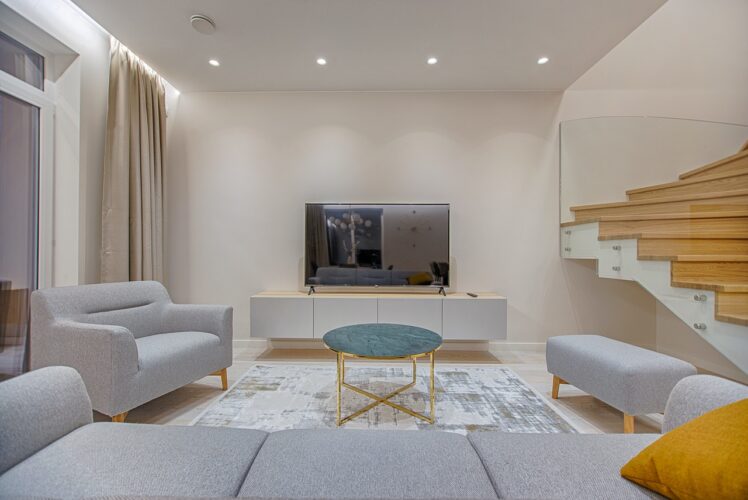
The first step to designing a home that will last long is to keep it simple and natural. This doesn’t mean yours has to be boring, but rather that you should steer clear of trends.
When it comes to building materials, for example, stick with timeless options like stone, wood, and brick. And when we’re talking décor, go for pieces that are classic and timeless.
Of course, there’s nothing wrong with adding a personal touch to your abode. But try to do so in a way that won’t make your house look old in the years to come. For instance, instead of opting for a trendy piece of art, choose something with more staying power, like a vintage print.
2. Draw inspiration from the internet
There’s no shortage of inspiration online in relation to designing a home that will stand the test of time. Sites like Pinterest and Instagram are great places to start, as they feature countless photos of beautiful homes that have been designed with longevity in mind.
3. Utilize space correctly
One of the most important aspects of design is to utilize space correctly. This means creating a layout that makes sense and is functional.
For instance, if you want a small residence, you’ll want to avoid wasted space by incorporating built-ins and storage solutions. And if you require a large one, you’ll want to be sure to create distinct areas for different activities.
4. Choose location wisely
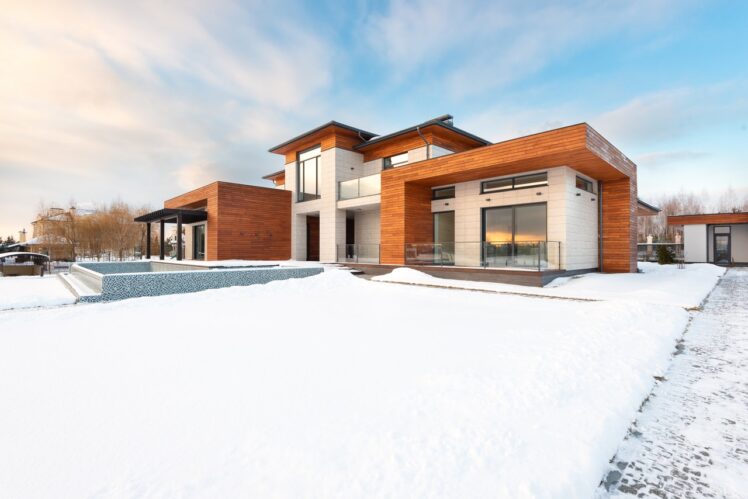
Choosing the right location is key. The location will have a big impact on its overall durability.
If you live in an area that’s prone to hurricanes, you’ll probably want to move someplace else, or at least find an area that’s sort of protected from it. And if you live in an area with extreme temperatures, you’ll want to make sure your home is well-insulated, or once again – consider moving someplace else.
5. Keep up with technology
Another important aspect of designing a home that will stand the test of time is to keep up with technology. This means incorporating features like solar panels and smart thermostats, which will help your home stay comfortable and efficient.
Also, smart fridges, good TVs, and other high-tech appliances are becoming increasingly popular, so it’s a good idea to incorporate them into your design. As for the durability, well, if you buy a high-quality piece of electronics – it’ll last longer.
6. Choose a reliable contractor
For a long-lasting home, a reliable contractor Mike Greer Homes is an absolute necessity. This is because your contractor will be responsible for putting your vision into reality. So, be sure to do your research and choose a contractor with a good reputation, great portfolio, and loads of satisfied clients they’ve worked with.
7. Hire an architect
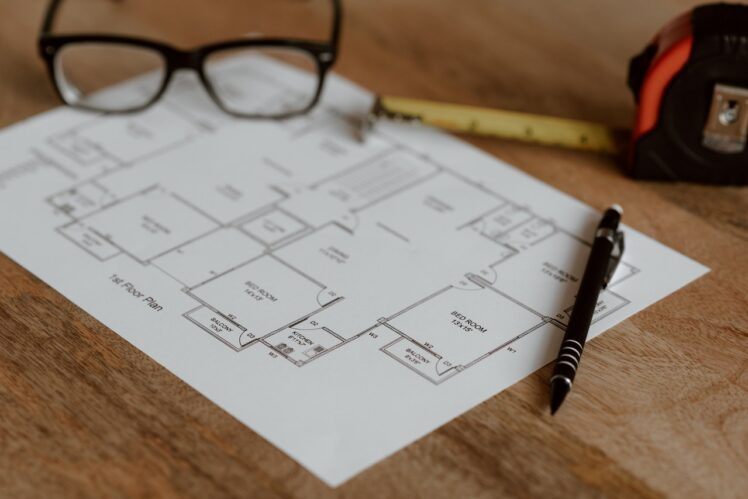
If you really want to design a house that will last you a lifetime, then you should hire an architect. Architects are trained professionals who understand how to design places that are both beautiful and functional. Durable is non-negotiable. Plus, they can help you navigate the permitting process, which can be tricky if you’re not familiar with it.
8. Stay eco-friendly
If you can, try and be as green and eco-friendly as possible. This means incorporating sustainable materials and energy-efficient features. Not only is this good for the environment, but it can also help you save money in the long run.
9. Create a maintenance plan
One of the best ways to design a long-lasting house that is to create a maintenance plan and stick to it. This means having a regular schedule for things like cleaning gutters and checking for leaks. By staying on top of maintenance, you can prevent small problems from turning into big ones, which will, in return, keep yours fresh and clean for years to come.
10. Be willing to invest

Since you want your home to last, this means you can’t skimp on quality. In fact, when it comes to designing a house that will stand the test of time, it’s important to be willing to invest. This means choosing materials and products that are built to last. Yes, they may cost more upfront, but in the long run, they’ll save you money.
11. Think about the future
You have to think long-term when it comes to building a house. This means taking into account how your needs may change over time.
For instance, if you’re planning on starting a family, you’ll want to make sure your humble abode can accommodate a growing family. Or, if you’re planning on retiring soon, you’ll want to make sure it can be easily adapted to a life of leisure.
12. Design for the way you live
You’re the one that’s going to live in this house, so make sure it fits your needs and requirements. This means incorporating features that fit your lifestyle.
For example, if you love to entertain, you’ll want to make sure your home has plenty of space for entertaining. Or, if you’re someone who loves to cook, you’ll want to make sure your kitchen is well-equipped.
13. Don’t forget about the yard
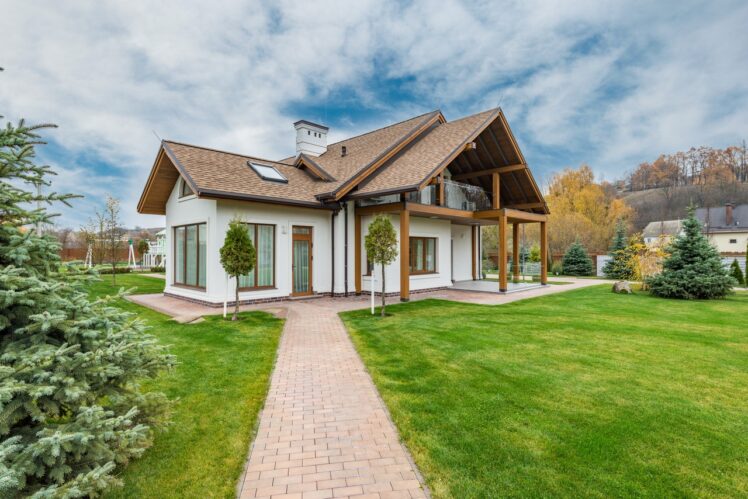
A home is not just a house. It’s family, too. But also, a backyard. A beautiful, well-maintained yard will not only add to the curb appeal of your home but can also increase its value. If you’re not sure how to design a yard that will look good year after year, consider hiring a landscape architect. But, don’t stress about it too much. Just make sure it’s spacious and functional, and that you have a tree to hang a swing on.
Conclusion
By following these tips, you will have no problems designing a home that will last you a lifetime.

